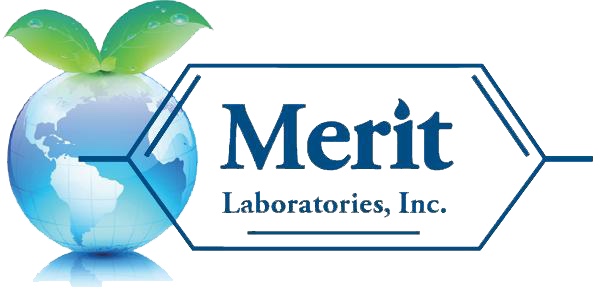The U.S. Environmental Protection Agency (EPA) has launched interactive PFAS Analytic Tools to integrate data about PFAS reporting, testing, and occurrences in communities, making it easier to evaluate the collective PFAS information from nearly a dozen different databases that include relevant information.
The EPA is hopeful that by consolidating all these data sources in one searchable platform it will assist the researchers, the public, and stakeholders better understand potential PFAS sources in their communities, including potential exposure pathways in communities with environmental justice concerns.
Information in the interactive PFAS Analytics Tools include:
Clean Water Act discharges from permitted sources;
A log of spills reported containing PFAS constituents;
Lists of facilities historically manufacturing and importing PFAS chemicals;
Federally-owned locations where PFAS is being investigated;
A history of transfers of PFAS waste;
PFAS detections in the environment (e.g., surface water and fish tissue); and,
Drinking water testing results.
The data in the PFAS Analytic Tools cover a broad list of PFAS chemicals and represent EPA’s ongoing efforts to consolidate the growing amount of testing information that is available.
The EPA is compiling and integrating a collection of data that can be used to evaluate what is known about per- and poly-fluoroalkyl substances (PFAS) manufacture, release, and occurrence in communities. As part of this effort, EPA is integrating data available nationally with other information from states, Tribes, and localities that are testing for PFAS pursuant to their own regulatory or voluntary data collection initiatives. The data included in the PFAS Analytic Tools have a wide range of location-specific data and, in general, are based on national scope, and readily accessible, public information repositories.
Scientific studies have shown that exposure to PFAS in the environment may be linked to harmful health effects in humans and animals. Being aware of common sources of PFAS in our environment will help to reduce and limit exposure. The primary source of exposure for most is through ingestion.
Merit Laboratories is a leading national PFAS environmental laboratory, analyzing drinking water, soil, wastewater, groundwater, and other sample matrices, including biosolids and sludge. Analytical methods performed by Merit for PFAS include drinking water by EPA 533, EPA 537.1, and EPA 537 rev. 1.1, biosolids by ASTM D7968-17 with Isotopic Dilution, and soil, wastewater, groundwater, and surface water by ASTM D7979-19 with Isotopic Dilution, ASTM D7968-17, and development of the new EPA 1633 method.

